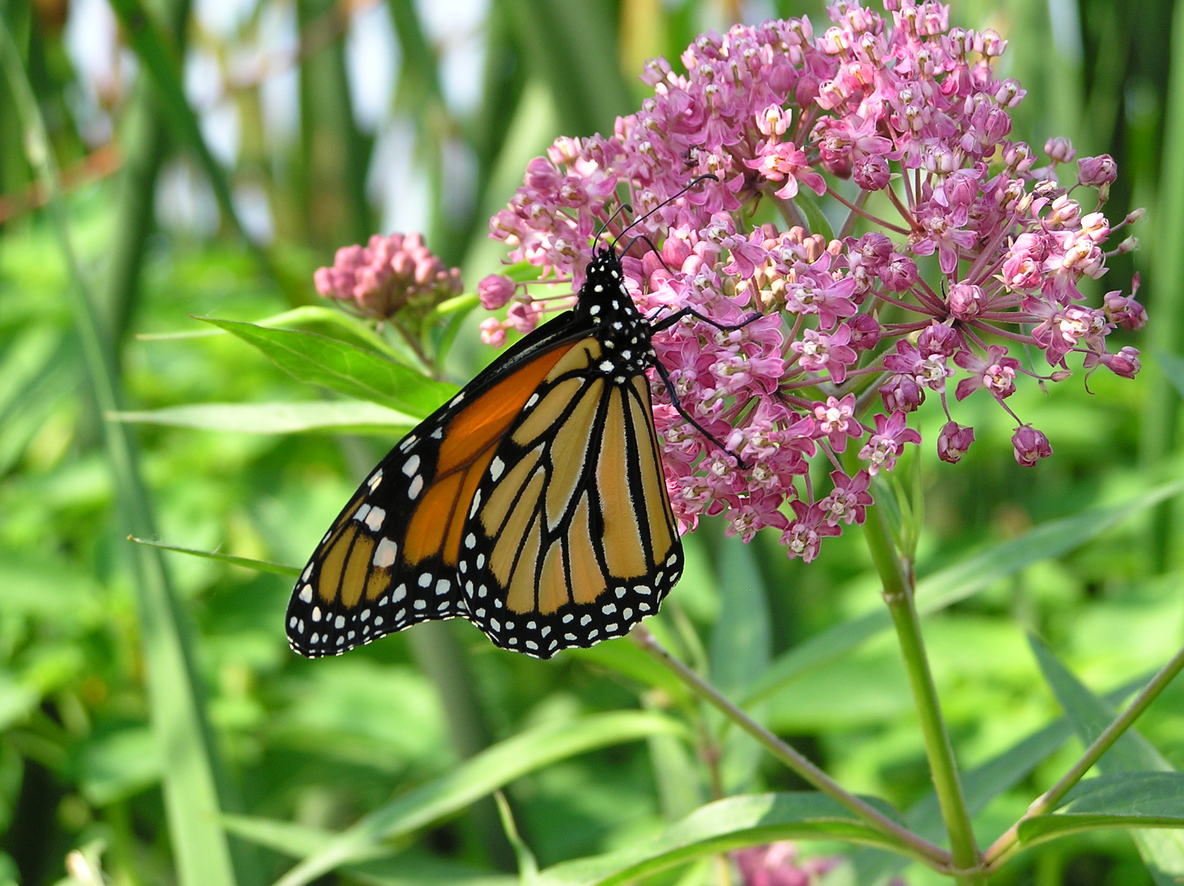We may earn revenue from the products available on this page and participate in affiliate programs. Learn More ›
From prairie grasslands to woodland edges to wetlands and river banks, more than a hundred species of milkweed grow across the Americas. This hardy native wildflower of the genus Asclepias is the only food source for the larvae of monarch butterflies, making it an essential part of the life cycle of these beautiful and important pollinators.
“Sustaining monarch populations is greatly dependent on the availability of the monarch caterpillar’s main single food source—milkweed. The monarch butterfly puts its eggs in one basket, so to speak, and evolved a special relationship with milkweed,” says Dr. Tracy Ellis, entomologist at FarmSense, an insect-monitoring firm.
Sadly, monarchs are struggling, with some researchers estimating that their population has declined by more than 80% in the last three decades. In 2022, the International Union for the Conservation of Nature (IUCN) classified the migrating monarch as endangered, citing habitat loss, degradation of forested wintering sites, climate change, and milkweed loss as contributing factors.
“When milkweed goes away, so does the monarch,” says Dr. Ellis. “This over-reliance on a single food, called monophagy, makes monarchs very vulnerable to decline.”
Scientists, researchers, and nature lovers are earnestly undertaking conservation efforts to support the monarch butterfly and protect it from extinction. One important aspect of monarch conservation is replacing lost breeding habitat by planting and cultivating milkweed plants. Whether you have a sprawling prairie garden or a small urban plot, you can take part in these efforts by integrating milkweed plants into your home landscape. Here are 8 ways to do it.
1. Plant native varieties
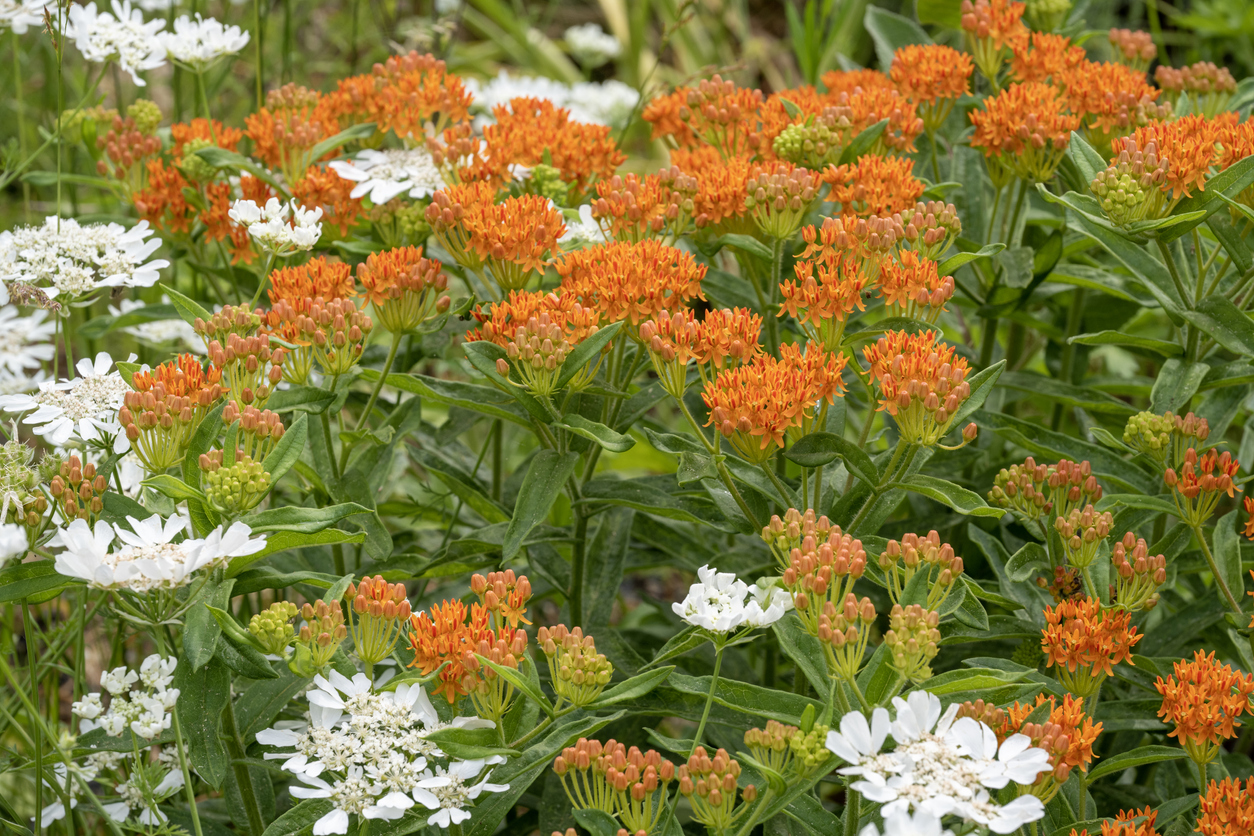
Native plants are a must for a pollinator habitat, and milkweed is no exception. Although tropical milkweed (Asclepias curassavica) is available at many garden centers, it is not native to the United States and is an inferior source of food and forage for monarch butterflies.
Choose a variety of native milkweed plants that are suited to your region and climate. The National Wildlife Federation has an excellent resource that matches pollinator plants by zip code. A popular combination of common milkweed plants that are easy to find and buy are:
- Butterfly weed (Asclepias tuberosa)
- Swamp milkweed or rose milkweed (Asclepias incarnata)
- Common milkweed (Asclepias syriaca)
You can either purchase seeds or plugs (seedlings) from a reputable native plant nursery or garden center. Plus may be easier to start with, but if you have a green thumb, you can save money by growing your plants from seed. Be aware that most milkweed seeds need cold stratification before they can germinate.
2. Help your milkweed thrive

Milkweed needs what most plants need to thrive: well-drained soil in full sun with adequate water. Native milkweeds don’t generally do well in containers, as they have very long taproots.
Dr. Ellis recommends planting your milkweed in clusters of 3 to 10 plants and choosing a couple of locations in your yard to see where the plants flourish. Place your plants in native soil, with no amendments such as fertilizer. Once milkweed is established, it requires little care and should only need watering in very hot weather or in times of drought.
Each species of milkweed has its own characteristics and preferred growing conditions, so be sure to follow the nursery’s planting instructions or the instructions on the seed packet. Be aware that common milkweed, a favorite milkweed species of the monarch butterfly, will spread deep rhizomes once it’s established and can quickly get out of hand. It’s best to plant common milkweed where there’s room for it to spread.
RELATED: 18 Types of Butterflies All Home Gardeners Should Know
3. Use companion plants to create a habitat
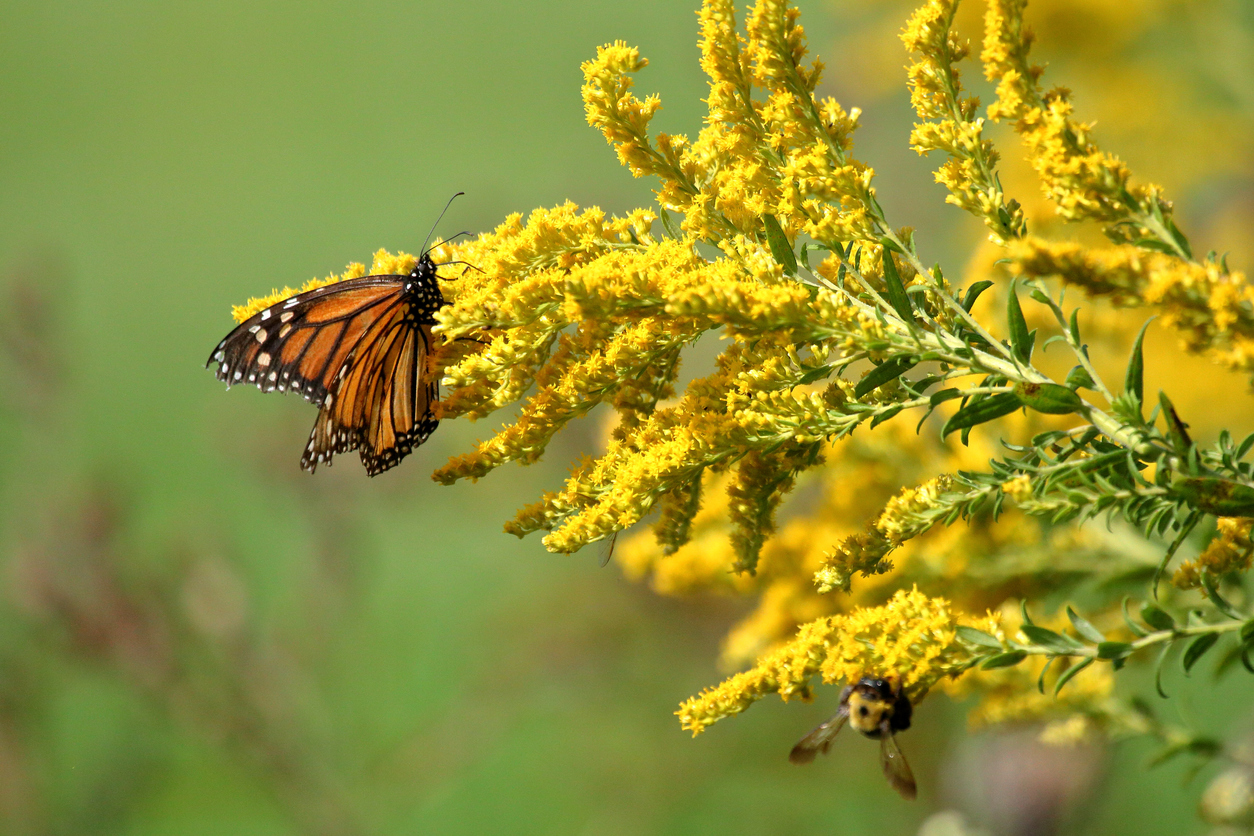
Create a complete monarch habitat by combining your milkweed with companion plants that provide forage and shelter for adult butterflies. Choose native flowering plants with varying bloom times to ensure nectar is available to adults throughout the growing season. It’s especially important to have late-blooming plants as rich nectar sources for adult monarchs just before they begin their migration. Prairie Moon Nursery sells a “Monarch Power Pack” that contains seeds of common milkweed, meadow blazing star, and showy goldenrod, the latter two of which are late bloomers. Joe Pye weed is another excellent late-season food source for monarchs and other butterflies.
RELATED: 15 Flowers That Attract Butterflies
4. Register your garden as a monarch waystation
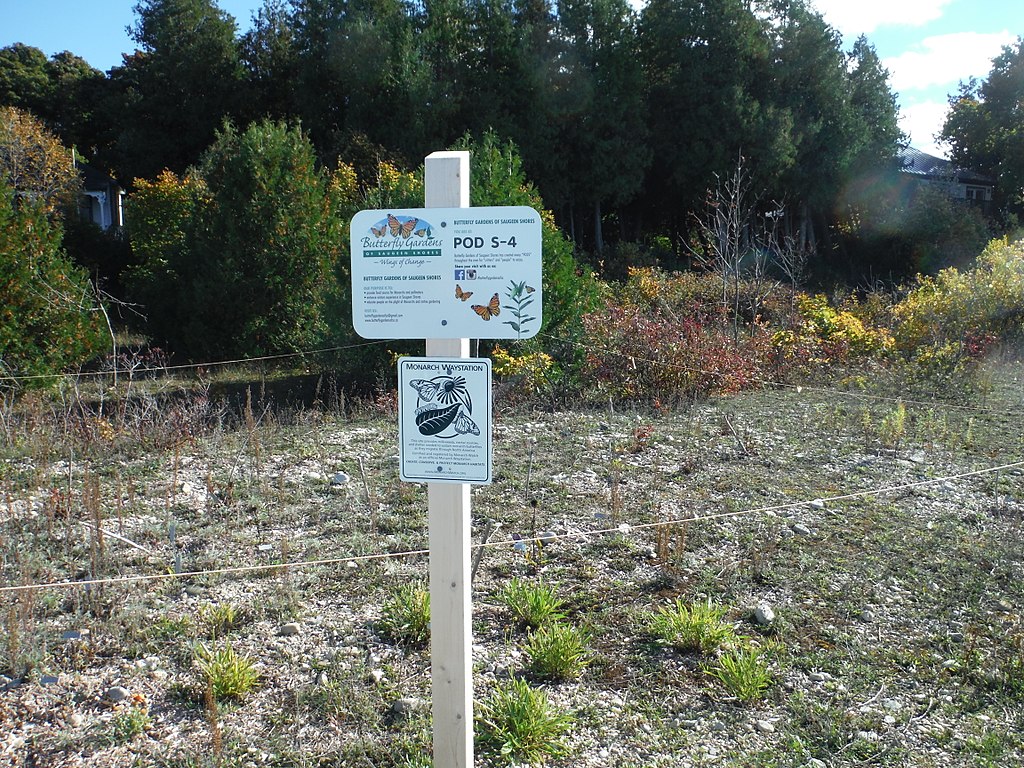
The Monarch Waystation Program was created by Monarch Watch, an education and research program based at the University of Kansas. Monarch-lovers can have their properties certified as a Monarch Waystation through the program. In order for a garden or property to be certified, it must be a complete habitat, with larval host plants and nectar plants for forage. Once accepted, your habitat is included in the online Monarch Waystation Registry and you are awarded a certificate with your name and Monarch Waystation ID number. You can also purchase a sign that identifies your property as an official Monarch Waystation.
5. Manage milkweed pests

Monarch butterflies and caterpillars aren’t the only living things that love milkweed. According to the USDA, more than 450 insects feed on common milkweed. While most of the time there’s enough forage for all, some insects are troublesome. Oleander aphids in particular are milkweed pests. Oleander aphids are bright yellow with black legs and are often seen swarming on the stems of milkweed plants. If this happens to your plants, avoid using insecticide sprays or neem oil, as they can kill or repel beneficial insects, including monarchs!
If the infestation is localized on one shoot, cut it and throw it away. You can also try hosing the aphids off the plant, but be sure to check for monarch caterpillars first. One of the best ways to control aphids is through natural biological control by attracting beneficial insects that feed on aphids, such as ladybugs, lacewings, and parasitic wasps. Use companion plants with small, nectar-filled flowers to attract these insects, such as alyssum, yarrow, or dill. You can also plant nasturtiums around your milkweed as a decoy plant to attract the aphids away from the milkweed plants.
RELATED: 20 Flowers That Attract Bees to Your Garden
6. Understand milkweed’s properties
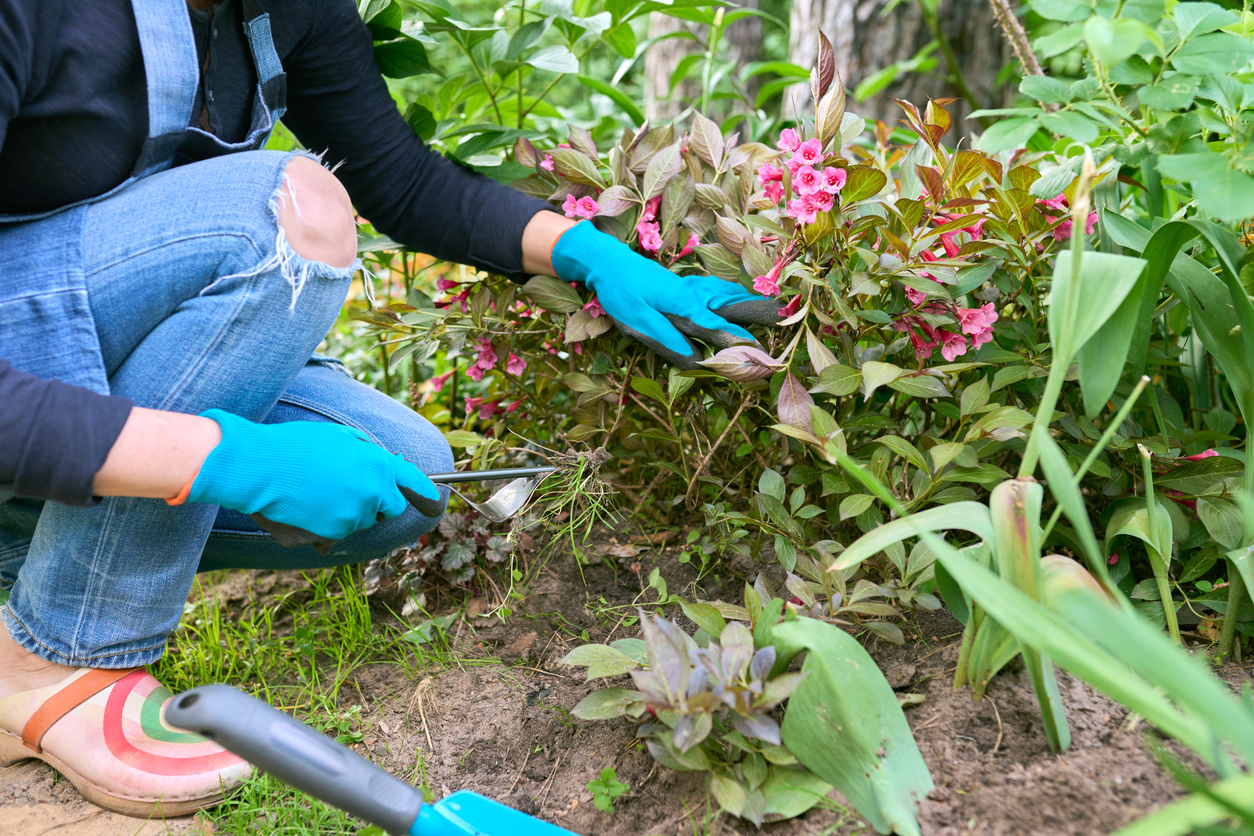
Milkweed plants contain cardiac glycoside compounds, which make them toxic to most insects and animals. The insects that feed on the plants, including monarch butterflies, can use this as a defense, storing the cardiac glycoside in their bodies, making them toxic to predators.
Although some peoplechoose to eat milkweed, the National Capital Poison Center strongly recommends against this, as cardiac glycosides in small amounts can cause nausea, diarrhea, weakness, and confusion, and in large amounts, can cause seizures, heart rhythm changes, respiratory paralysis, and even death. The milky sap in milkweed can also irritate the skin and eyes.
Milkweed toxicity is mostly a concern for grazing animals such as sheep or cattle in areas where other sources of good forage are not available. The plant does not taste good to animals, so the risk to household pets is low.
The U.S. Fish & Wildlife Service offers these recommendations:
- Use gloves when in the garden
- Be careful not to touch your face or eyes with your gloves
- Wash your hands thoroughly after handling milkweed plants
- Make sure children know that milkweed plants are poisonous.
7. Harvest milkweed seeds
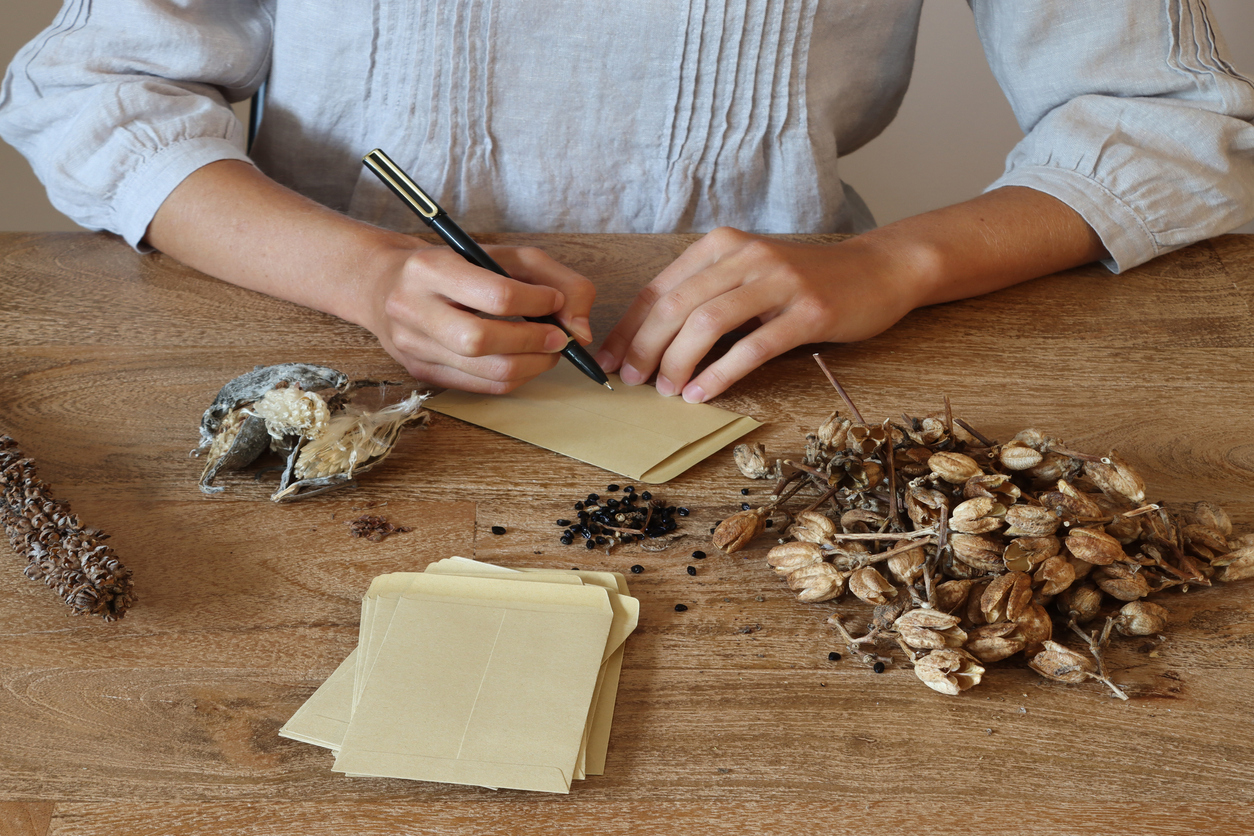
Harvesting milkweed seeds is a great way to contribute to the spread of milkweed and monarch butterfly nesting habitat. Allow the seed pods on your milkweed plants to mature, and collect them when they split open. Just be sure to leave at least two-thirds of the seed pods on the plants to ensure they will continue to grow and thrive. Remove the seeds from the husk and dry them well before storing them. You can package the seeds and use them as gifts to encourage others to support the monarch butterfly population. You can also donate your seeds to a local conservation organization.
8. Get organized!
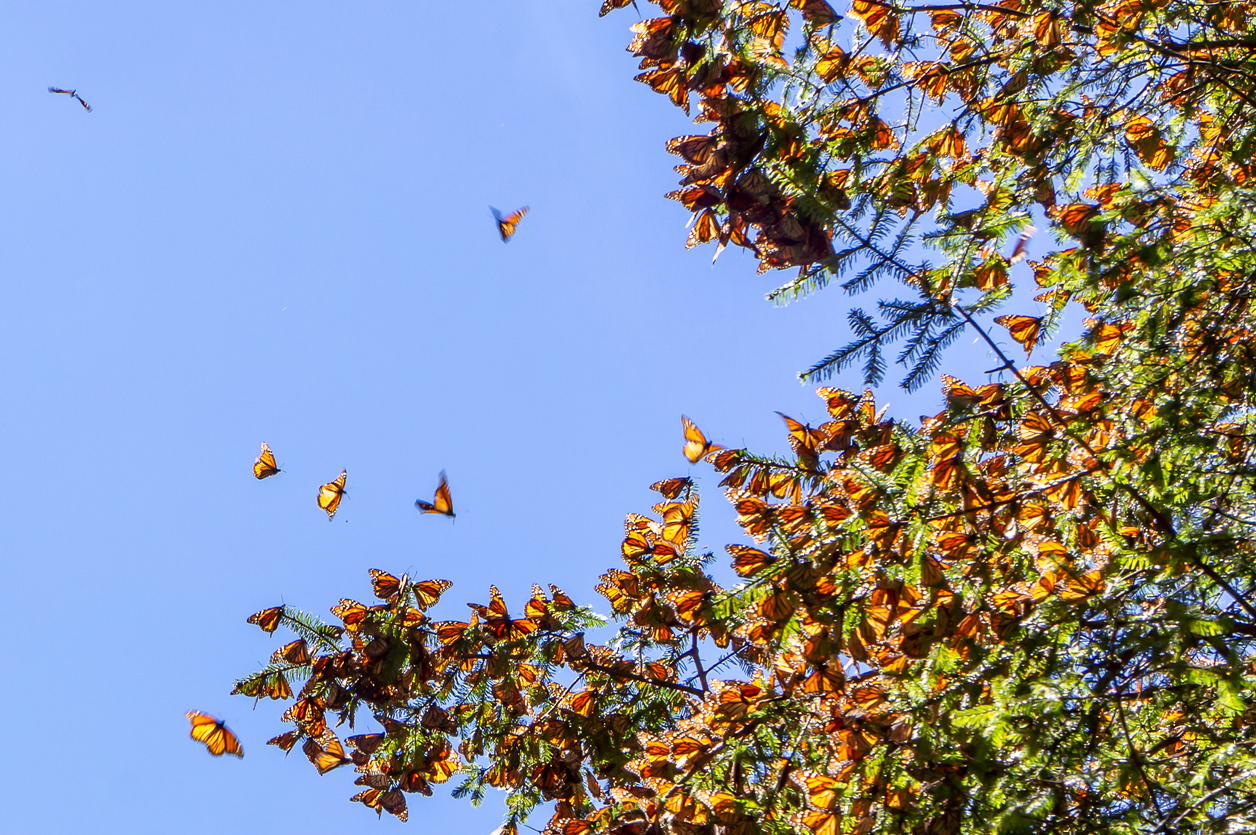
Join the ranks of monarch protectors and conservationists by getting involved in community efforts to support monarch butterflies. Many research studies rely on community science, so consider contributing your observations of monarch butterfly behavior. Consider supporting or joining a local or national monarch conservation effort, such as the National Wildlife Foundation, Save our Monarchs, or the Xerces Society. You may even choose to take part in a WWF Natural Habitat Adventure and witness the eastern monarch’s incredible migration to Mexico firsthand!
